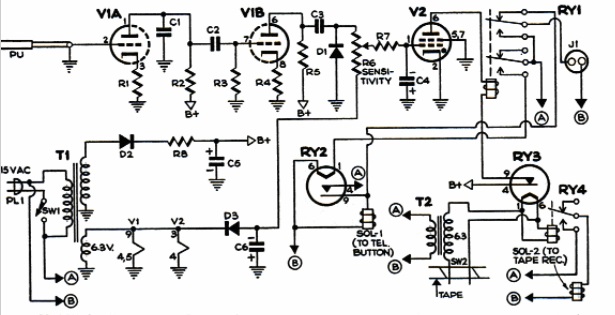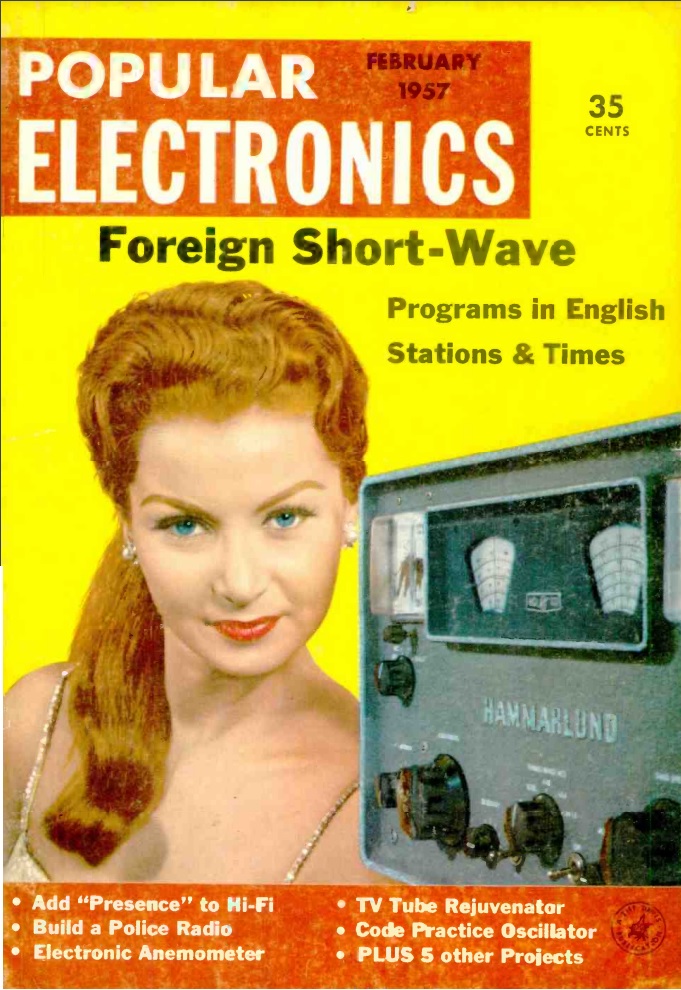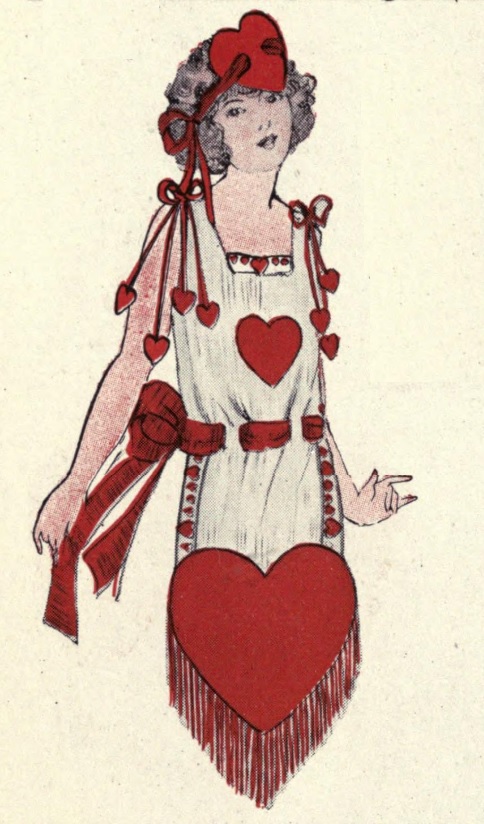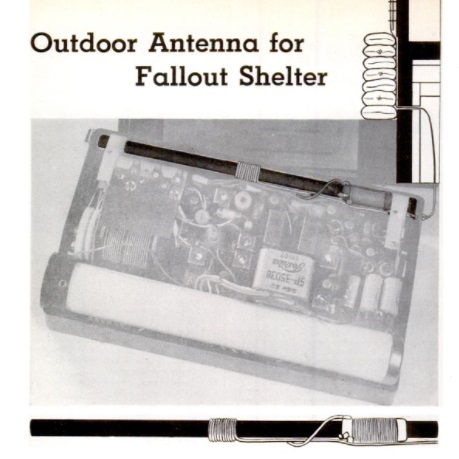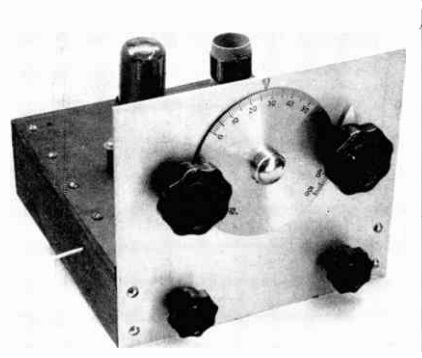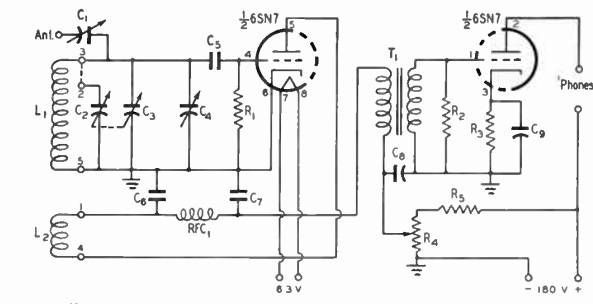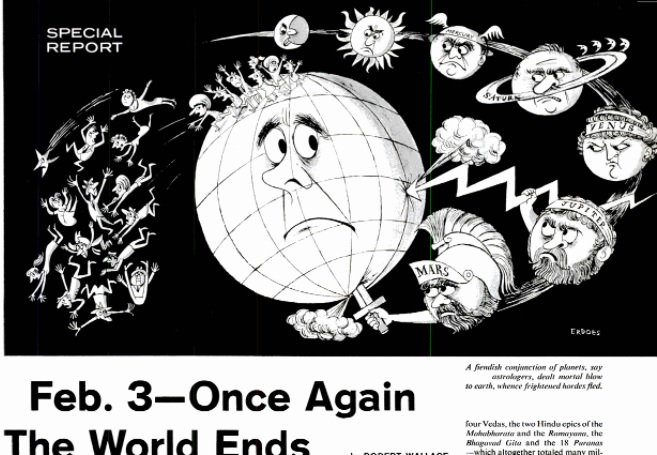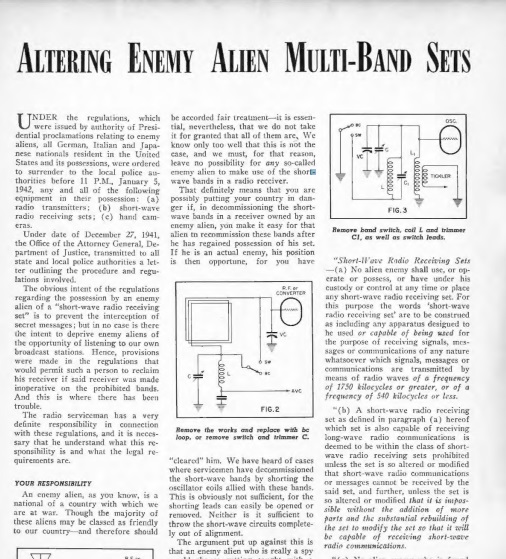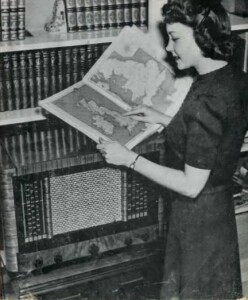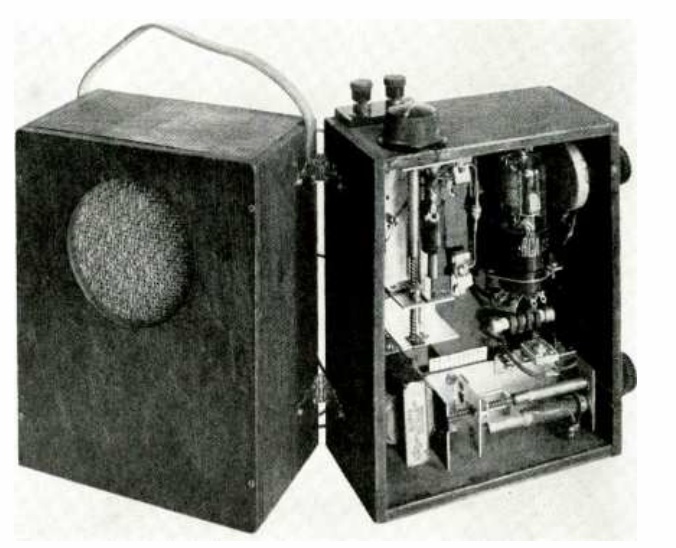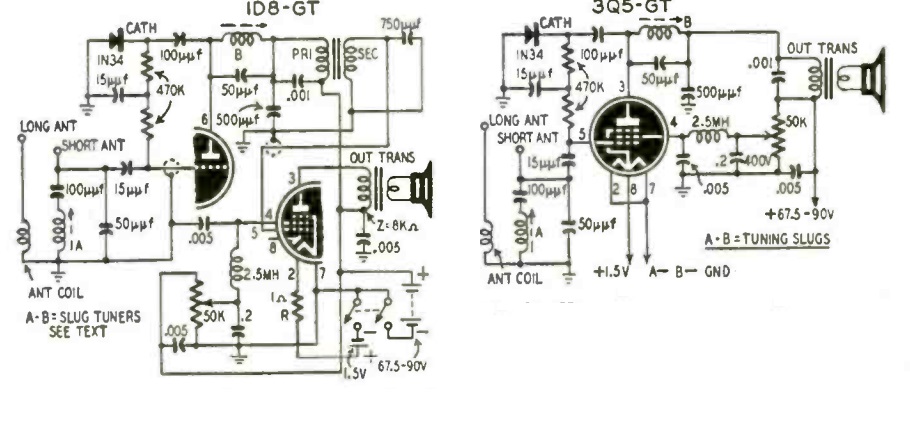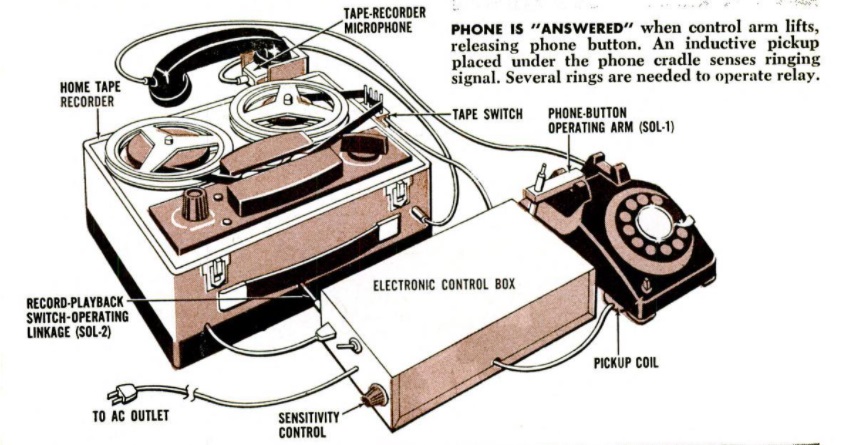 Telephone answering machines didn’t really become a thing until the 1970s, and even then, they were expensive and rare. At first, even their legality was dubious, since The Phone Company was jealous of anyone making any kind of direct electrical connection to the Public Switched Telephone Network. I didn’t have an answering machine myself until well into the 1980s. Surprisingly, there was a time when the phone just kept ringing when nobody was home, and there was no way to leave a message. Similarly, if your phone rang, the only way to find out who was calling was to pick up the phone and talk to them.
Telephone answering machines didn’t really become a thing until the 1970s, and even then, they were expensive and rare. At first, even their legality was dubious, since The Phone Company was jealous of anyone making any kind of direct electrical connection to the Public Switched Telephone Network. I didn’t have an answering machine myself until well into the 1980s. Surprisingly, there was a time when the phone just kept ringing when nobody was home, and there was no way to leave a message. Similarly, if your phone rang, the only way to find out who was calling was to pick up the phone and talk to them.
For those who were unwilling to wait for the future, the February 1962 issue of Popular Science showed you how to put together your own answering machine. And since there was no direct connection to the phone line, you didn’t have to worry about provoking the ire of The Phone Company. When the phone rang, an inductive coil placed under the phone would sense it, and it would trigger a solenoid which would physically lift the button on the phone. It would also turn on the tape recorder, which had been left in the “play” position. The tape recorder would then play your outgoing message through the speaker, which was close to the telephone handset. At the end of the outgoing message on the tape, you had painted silver paint on the back of the tape. When this passed through an outboard sensor you had added to the recorder, it would trip a second solenoid, which would flip the switch on the tape recorder from “play” to “record”. The microphone was placed next to the receiver, and it would record for thirty seconds. At the end of this thirty-second piece of tape, there was another section of silver paint, which would reset the whole contraption for the next call.
You would need to prepare the tape in advance for as many calls as you expected to get, including multiple outgoing messages and silver paint sections.
For the outgoing message, you were instructed to tell the caller to leave their 30 second message when they heard the “click.” Presumably, the sound of the tape recorder switching over from playback to record would be sufficiently loud to serve as the cue.
To hear your messages, you would first glance at the tape to see if it had been used. If so, you would need to first remove the tape from the external switch, since running the tape through it unnecessarily would quickly remove the silver paint. You would then plug the tape recorder directly into the wall, rewind, and listen to the tape, which would include both your outgoing messages and the incoming messages.
As you can see from the schematic below, the control circuit used tubes, to switch the relays and solenoids. Since one of the relays was used to turn the tape recorder on and off, the tape recorder itself would need to be a solid state model, since there would not be time for the tubes to warm up.
After it was built, the device had to be adjusted. In particular, there was a sensitivity control for the circuit triggered by the ringer. In order to adjust it, the phone had to be ringing. And, of course, the only way to do that was to call someone else and ask them to call you.

